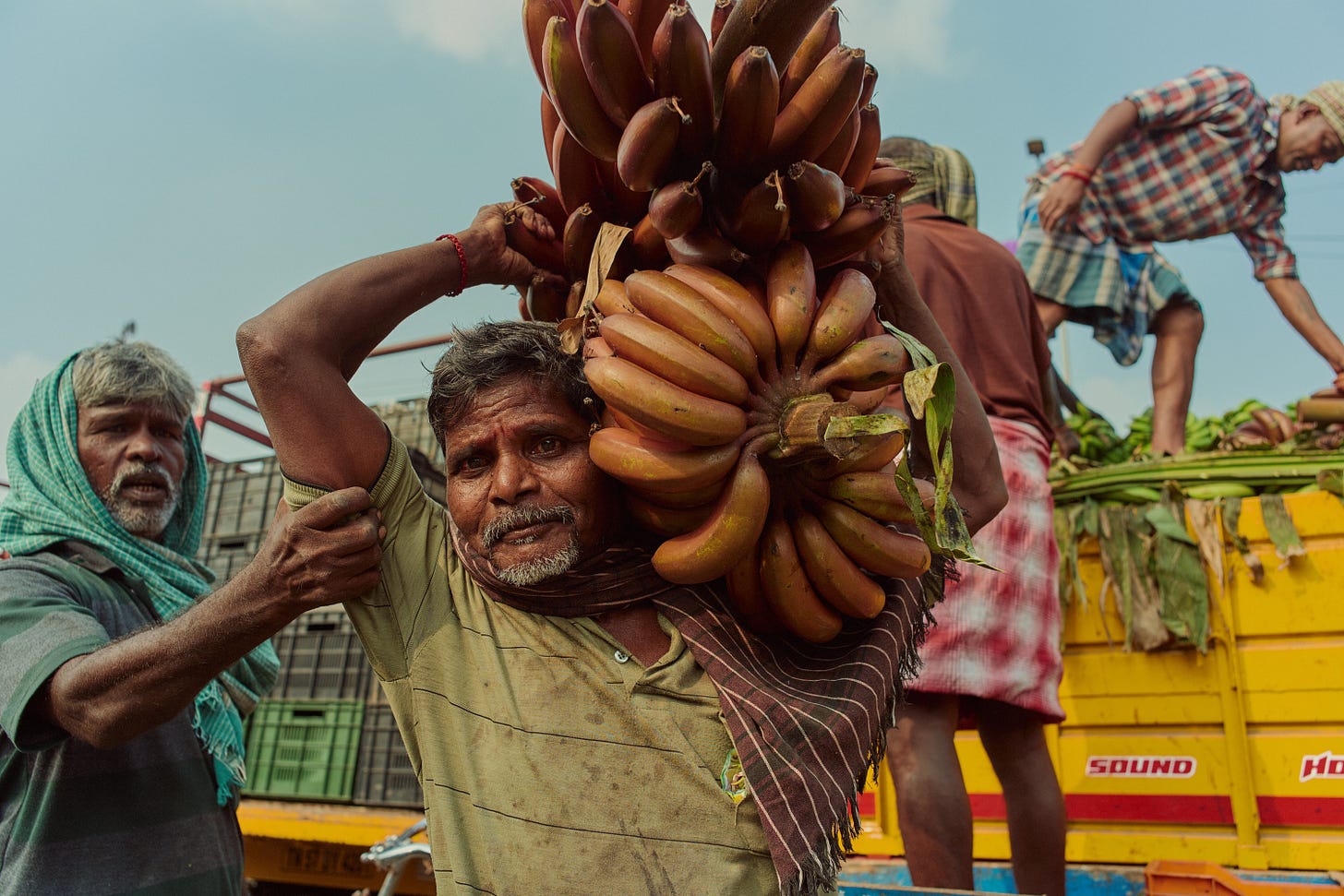My (NEW) Street Photography Settings and Profiles
A complete breakdown of how I use my Leica for photography
It’s been nearly two years since I first shared my street photography settings. While much of the theory remains the same, I’ve refined my settings to better suit my recent work. This week, I wanna share an updated list that’s more tailored to the capabilities of my Leica SL3-S. Although this camera serves as the foundation for these settings, most of the settings are applicable across many photography tools.
Originally, my plan was simply to share the settings along with a few photographs. However, I realized there were some valuable lessons from my original post worth revisiting. Since many of you are new readers, I’ve decided to include those insights—rewritten for 2025. I know this is a lengthier post but if you love photography as much as I do, it’s worth the read.
Now that you have the context, let’s dive into the settings.
The Profiles
Each of the lists below are saved to a custom profile on my Leica camera. Globally, I’m shooting in a DNG+JPG format, where a RAW file is saved to my primary card and a JPG version with a look baked in is saved to my secondary card (or internal storage when it comes to the Leica M11).
BRIGHT400
For bright days where the sun is beaming and the colours are popping, I’ll use this profile to lean into the vibrancy. Lately, I’ve been enjoying the Brass Leica Look as my starting point. This profile with my Summicron-M 28mm is just chef’s kiss.
Mode: Auto ISO
Aperture: F8.0 mostly
Shutter Speed: 1/500 or faster
ISO: Auto ISO up to 400
White Balance: Daylight mostly
Exposure Compensation: -1/3
Drive Mode: Continuous 2FPS
Exposure Metering: Multi-Field
Shutter: Mechanical
Leica Look: Brass
Autofocus Mode: Manual or Field
AF Profile: Wildlife
MONO3200
I’ll use this profile when the lighting of my environment is fluctuating, where shadows can vary from point to point. This is my most-used profile and I absolutely love how this monochrome look is rendered on the modern Leicas.
Mode: Auto ISO
Aperture: F4.0 mostly
Shutter Speed: 1/125
ISO: Auto ISO up to 3200
White Balance: Daylight
Exposure Compensation: N/A
Exposure Metering: Center-Weighted
Shutter: Mechanical
Drive Mode: Single
Film Style: Monochrome Hight Contrast
Autofocus Mode: Manual or Field
AF Profile: Children/Pets
FLASH
This profile works double duty. I’ll use it for when I’m shooting with a flash or when I wanna revert to manual mode, where I have complete control over key settings.
Mode: Manual
Aperture: Wide-Open or F8.0
Shutter Speed: 1/200
ISO: 100 or 400
White Balance: Based on creative direction
Exposure Compensation: -1/3
Exposure Metering: Center-Weighted
Shutter: Mechanical
Film Style: Natural Colour
Autofocus Mode: Manual or Zone
AF Profile: Runner
Learn to Cook
One of the biggest obstacles in the creative world is our tendency to search for a perfect recipe instead of learning how to cook. Rather than understanding how to work with the elements in front of our camera, we look for a universal system that can be applied to all situations. When you think about it, this doesn’t make sense.
We’ve all been there. You’re preparing for a trip, a walk, or a project, and you find yourself searching online for the “best” settings. Why? Because the stakes feel high. You don’t want to mess it up, and you want to achieve the best possible results. While this approach might seem like a useful starting point, it’s one of the worst ways to learn and develop as a photographer.
As creatures of habit, our brains are wired to seek patterns and structure, which helps us make sense of the world. This tendency carries over into photography, especially when starting out, leading us to associate a specific look with a specific group of settings. While this might be helpful in controlled environments, the reality is that in most real-world photography situations, we have little control over the conditions.
To make this more personal—I never know when I’ll capture my next favourite photograph until after it happens. I won’t know the lighting in advance, I won’t know who the subject will be, and I may not even know what part of the world I’ll be in when it happens. With that in mind, relying on a single group of photography settings doesn’t make sense. What’s far more valuable is developing a strong theoretical foundation and using adaptable profiles as a guide. A compass rather than a formula.
Or to put it another way: What if, instead of chasing the perfect settings, I could be ready to create a great image in any situation?
Systems for Photography Settings
My approach to street photography revolves around two core systems, and the first involves delegating much of the creative control to the camera. But before diving in, let’s take a step back and set the scene.




